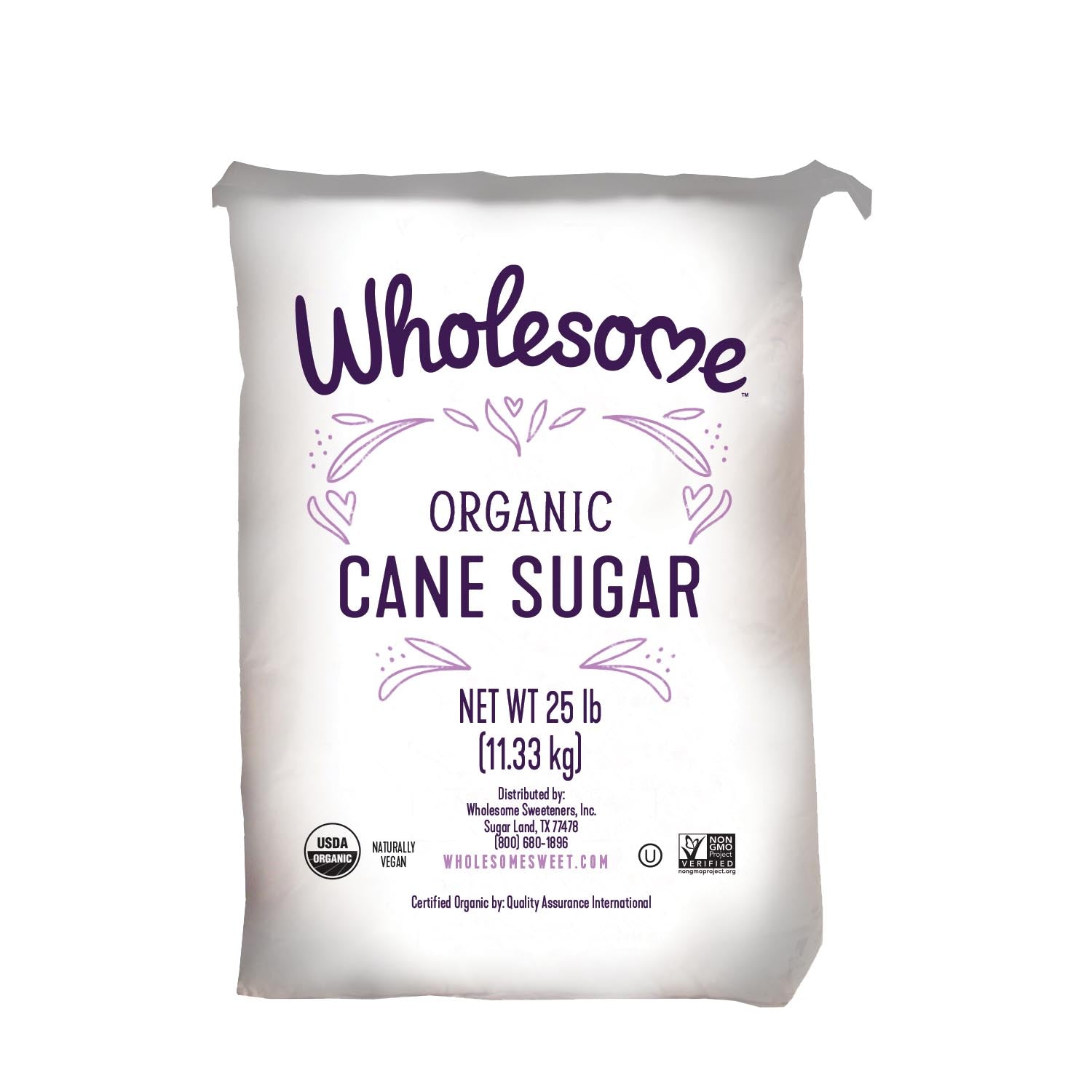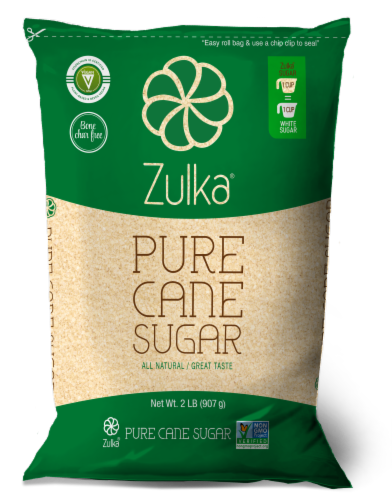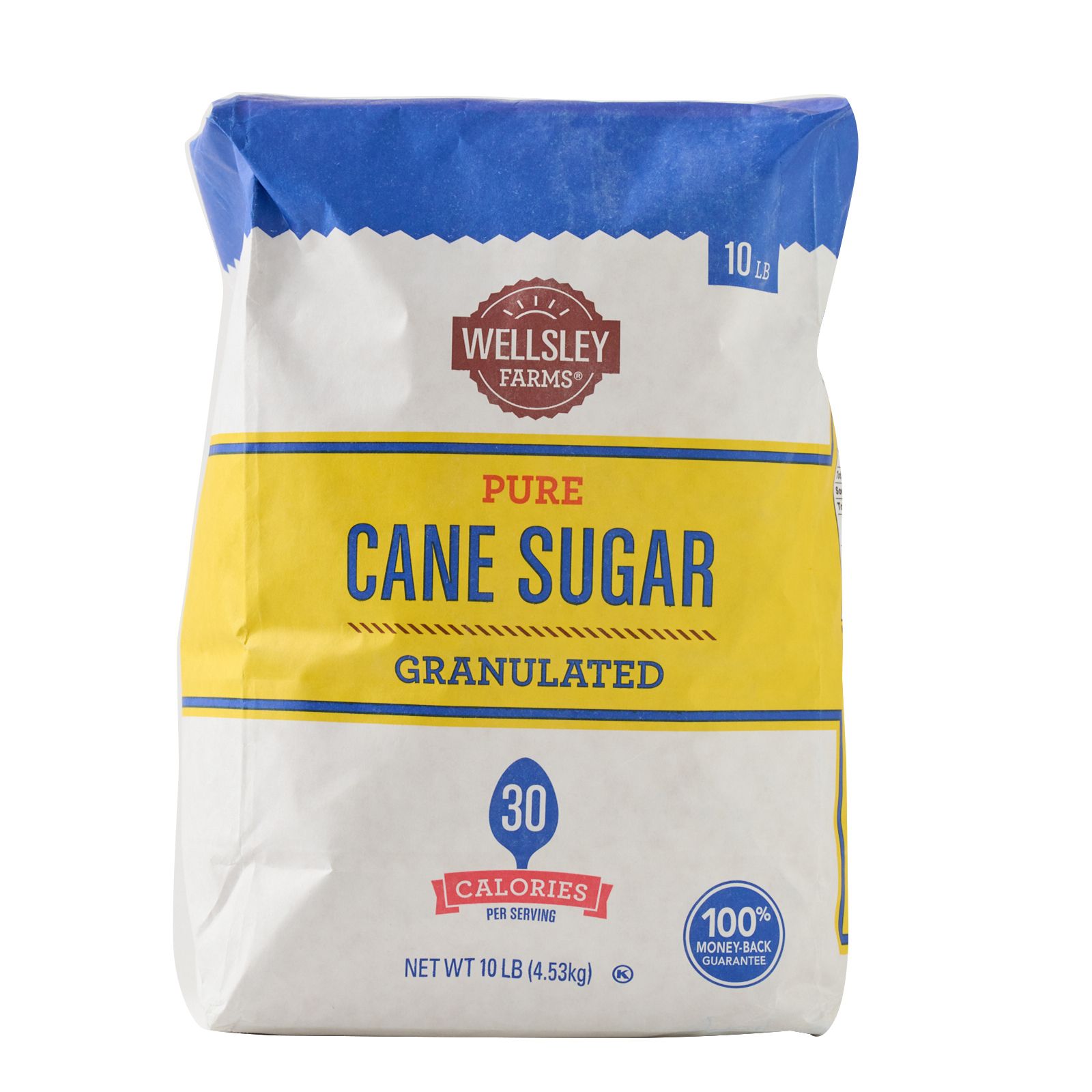Cane Sugar Processing: Standard Methods and Modern Innovations
Cane Sugar Processing: Standard Methods and Modern Innovations
Blog Article
Checking Out the Comprehensive Steps Associated With Cane Sugar Processing From Collecting to Improvement
The procedure of cane sugar manufacturing incorporates a series of elaborate actions, beginning with the cautious harvesting of sugarcane and culminating in the refinement stages that ensure the last item satisfies market criteria. Each phase, from the removal of juice to the filtration and condensation processes, plays an important duty in identifying the top quality and personality of the sugar.
Harvesting Sugarcane
Harvesting sugarcane is a vital action in the cane sugar processing chain, as it directly influences the quality and return of the last product. Proper timing and strategies are crucial during this stage to ensure optimum sugar content and reduce losses. Commonly, sugarcane is collected when it gets to maturation, usually 12 to 18 months after planting, defined by a high sucrose focus.

Post-harvest, the sugarcane has to be refined promptly to stop sucrose degradation. Preferably, gathered walking cane ought to be moved to processing facilities within 24 hr to maintain sugar high quality. Therefore, reliable logistical preparation is essential to keep the honesty of the gathered crop throughout the supply chain.
Removal Refine

The crushed walking stick goes through a series of pushing procedures to make the most of juice recovery. Usually, hot water is splashed onto the crushed cane, producing a countercurrent circulation that aids liquify the sugar while likewise helping in the extraction procedure. The juice gathered from this procedure consists of not only sugar yet also numerous organic compounds and impurities.

To enhance extraction effectiveness, some centers may use diffusion methods, where the sugarcane is soaked in warm water, permitting the soluble sugars to diffuse into the fluid. The resulting juice, rich in sucrose, is after that guided to succeeding processing stages, laying the foundation for filtration and refinement. The extraction process is thus essential in establishing the high quality and yield of the final sugar product.
Filtration Methods
The purification techniques employed in walking stick sugar handling are vital for changing the raw juice into a top quality sugar product. These techniques largely aim to eliminate impurities, such as soil, plant products, and inorganic compounds, which can negatively impact the last product's flavor and shade.
Among one of the most usual filtration techniques is explanation. This process includes including lime and warmth to the raw juice, which promotes the coagulation of contaminations. The resulting precipitate is after that eliminated through sedimentation or filtering, producing a clearer juice. Additionally, the usage of phosphoric acid can improve the information procedure by further binding contaminations.
An additional significant technique is carbonatation, where co2 is presented to the made clear juice. This reaction generates calcium carbonate, which captures continuing to be pollutants and promotes their elimination.
In addition, turned on carbon therapy might be related to adsorb any kind of continuing to be colorants and natural contaminations, ensuring a much more refined item. The mix of these approaches properly prepares the sugar juice for subsequent action in the refining procedure, establishing the phase for the manufacturing of premium cane sugar.
Crystallization Approaches
After the purification phase, the following important action in walking cane sugar processing includes crystallization techniques, which play an essential role in transforming check out this site the clarified juice right into solid sugar. This procedure generally employs 2 main methods: spontaneous formation and regulated crystallization.
In spontaneous condensation, supersaturated sugar solutions are enabled to cool down normally, leading to the formation of sugar crystals over time. This approach enables for the uniform development of sugar crystals and higher pureness.
Throughout formation, the clarified juice is concentrated through dissipation, enhancing its sugar content up until it reaches supersaturation. Once this factor is attained, either approach can promote the crystallization procedure. Cane Sugar Processing. The resultant sugar crystals are then divided from the continuing to be syrup with centrifugation
Ultimately, the choice of condensation technique impacts the quality, dimension, and purity of the final sugar item, making this step essential in the general walking stick sugar handling treatment.
Improvement and Product Packaging
How can the purity and high quality of walking cane sugar be further boosted after formation? The refinement procedure plays an essential duty in attaining high-quality walking cane sugar.
Next, the sugar goes through a process called centrifugation, where it is rotated at broadband to divide the cleansed sugar imp source crystals from the continuing to be fluid. After centrifugation, the sugar is typically further improved through a method called carbonization or phosphatation, which makes use of activated carbon or phosphoric acid to eliminate color and off-flavors.
When fine-tuned, the sugar is dried to achieve the wanted dampness web content, ensuring that it remains steady throughout storage space and transport. The final step involves packaging the polished sugar in moisture-proof and airtight containers to keep its top quality and stop contamination. Cane Sugar Processing. Proper product packaging not only extends life span yet likewise promotes very easy handling and distribution, making sure that customers get sugar that fulfills the greatest criteria of pureness and high quality
Conclusion
The detailed steps associated with walking stick sugar handling, from the careful harvesting of sugarcane to the intricate improvement and packaging stages, highlight the relevance of each stage in making certain high-quality sugar production. Optimum harvesting techniques, effective removal methods, and rigorous filtration processes collectively add to the end product's purity and security. The formation and succeeding product packaging practices additionally improve the honesty and life span of the sugar, highlighting the complexity and precision fundamental in this essential agricultural sector.
The process of cane sugar manufacturing incorporates a see here now collection of complex steps, beginning with the careful harvesting of sugarcane and culminating in the refinement stages that make certain the final item meets market requirements. Preferably, harvested cane ought to be delivered to processing facilities within 24 hours to protect sugar top quality.In spontaneous formation, supersaturated sugar options are permitted to cool down normally, leading to the development of sugar crystals over time - Cane Sugar Processing. The refinement procedure plays an important function in accomplishing top notch cane sugar.The thorough steps involved in cane sugar handling, from the thorough harvesting of sugarcane to the complex improvement and packaging stages, underscore the relevance of each phase in guaranteeing top quality sugar production
Report this page